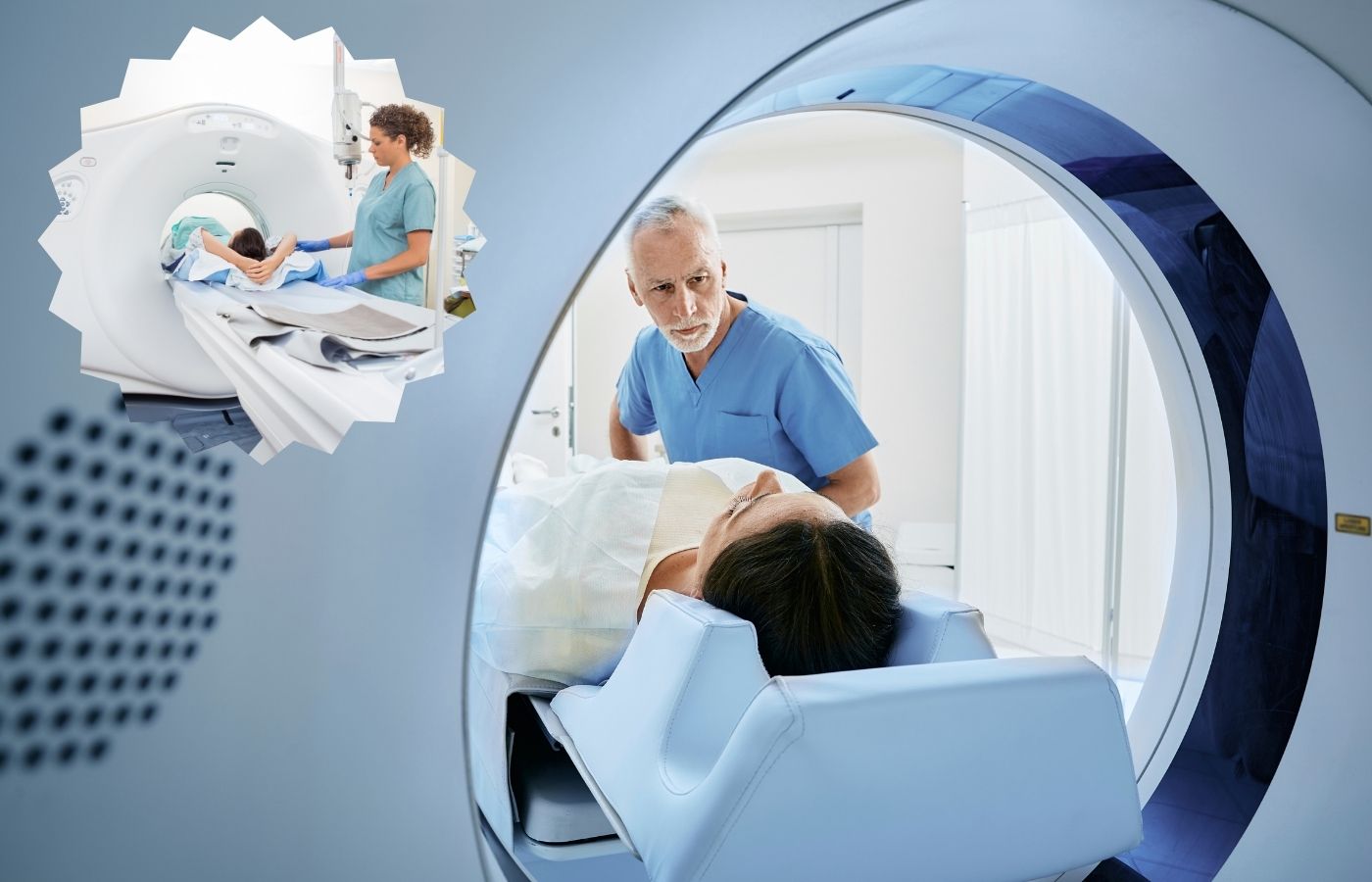
Cancer is one of the leading causes of death globally, and early detection plays a vital role in improving patient outcomes. Advancements in medical imaging have made a significant impact on how we diagnose and monitor various forms of cancer. One such advancement is the 3D CT scan , which is proving to be an invaluable tool in cancer detection and monitoring. In this blog, we will explore the role of 3D CT scans in cancer diagnosis, how it enhances the accuracy of cancer scans, and why it’s becoming increasingly important in CT imaging.
A 3D CT scan (computed tomography scan) is a medical imaging technique that creates detailed cross-sectional images of the body. Unlike traditional 2D CT scans, which offer flat images, 3D CT scans provide a more comprehensive view of the body, creating three-dimensional images that can be rotated and viewed from different angles. This advanced imaging technique provides higher resolution and more detailed visual data, which is essential for detecting and monitoring cancer.
Early cancer detection is crucial in improving the chances of successful treatment. A CT scan for cancer is one of the most effective tools available for identifying the presence of cancerous tumors in the body. While traditional methods, such as physical exams and blood tests, may provide preliminary clues, a CT scan cancer provides a detailed, precise look at the internal structures.
A 3D CT scan provides clearer, more detailed images compared to traditional 2D scans. This enables doctors to see the exact location, size, and spread of the tumor. This is especially important in cancers that affect internal organs, such as lung, liver, or pancreatic cancer.
2. Early Detection:The higher resolution of a 3D CT scan makes it possible to detect smaller tumors that might not be visible with conventional imaging methods. Early detection is vital because it gives doctors a better chance to treat cancer before it has spread, improving survival rates.
3. Non-Invasive:Traditional biopsy methods can be invasive, requiring tissue samples from the tumor. A CT scan for cancer is a non-invasive procedure, offering an excellent alternative for detecting tumors without the need for surgery or biopsies.
4. Clearer Tumor Identification:With a CT scan diagnosis, doctors can determine the exact size and location of the tumor, which is crucial for planning treatment. It also helps determine if cancer has spread to nearby organs or lymph nodes.
Once cancer is diagnosed, it is crucial to monitor its progression. Cancer monitoring involves tracking the size of the tumor, the effectiveness of treatment, and detecting any recurrence of cancer after treatment. Here, a 3D CT scan becomes a valuable tool.
As the tumor responds to treatment, CT imaging allows doctors to observe whether the tumor is shrinking, staying the same, or growing. This helps doctors determine if the current treatment is effective or if changes need to be made.
2. Assessing Treatment Effectiveness:After treatments like chemotherapy, radiation, or surgery, a 3D CT scan helps assess how well the treatment has worked. For example, it can show whether the tumor has responded to chemotherapy or radiation therapy and whether it has reduced in size.
3. Detecting Recurrence:After successful treatment, there is always a risk of cancer recurrence. A CT scan for cancer can detect the early signs of recurrence, even before symptoms appear. The ability to identify recurrence early is critical because it allows for timely intervention, which can improve the chances of successful treatment.
4. Evaluating Metastasis:Cancers that have spread (metastasized) to other parts of the body are more challenging to treat. 3D CT scans can detect metastatic tumors in organs like the lungs, liver, or bones, helping doctors evaluate the full extent of the disease. This allows for a more comprehensive approach to treatment, targeting not just the primary tumor but also any secondary growths.
The advanced capabilities of 3D CT imaging have revolutionized the way healthcare professionals diagnose and monitor cancer. Some of the key benefits of 3D CT scans in cancer detection and monitoring include:
With its ability to produce high-resolution, three-dimensional images, a 3D CT scan offers a higher level of precision compared to traditional 2D imaging techniques. This increased accuracy helps in detecting tumors early, leading to more effective treatment options.
2. Minimally Invasive:Since the procedure is non-invasive, it reduces the risk of complications and recovery time associated with traditional biopsy procedures. This makes CT imaging a safer and more convenient option for cancer detection.
3. Comprehensive Visualization:3D CT scans provide a clear, detailed view of the tumor and surrounding tissues. This comprehensive visualization allows doctors to plan treatment strategies with greater precision, minimizing damage to healthy tissues.
4. Versatility:A CT scan for cancer can be used for a wide range of cancer types, including lung, brain, liver, pancreatic, and colorectal cancers. Its versatility makes it an essential tool for comprehensive cancer care.
5. Enhanced Follow-Up:Following cancer treatment, 3D CT scans are invaluable for follow-up care. They help doctors assess whether the cancer is responding to treatment, monitor for any signs of recurrence, and make adjustments to the treatment plan as needed.
3D CT scans are transforming the way healthcare professionals detect, diagnose, and monitor cancer. With their ability to produce detailed, high-resolution images, these scans provide invaluable insights into tumor size, location, and spread. Whether it's early detection, monitoring treatment effectiveness, or detecting recurrence, CT imaging plays a critical role in modern cancer care. While there are some limitations, the benefits of 3D CT far outweigh the challenges, making it an indispensable tool in the fight against cancer. For anyone undergoing cancer treatment or monitoring, 3D CT scans offer the precision and clarity necessary for the best possible outcomes.